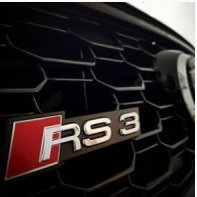Series II turbo. 220rwkw and beyond?
Announcements
-
Similar Content
-
Latest Posts
-
Keen on this one, havent been to an SAU cruise before, but what is the average turnout like?
-
RBF660 doesn't meet DOT5.1 as it is too thick. DOT5.1 has a very low viscosity requirement compared to DOT3 or 4. (Dot5.1 must be half as "thick" as DOT4) It would also be a big indicator for anyone using that fluid in extremely cold weather to possibly look to swap for something in the DOT5.1 range.
-
Here is as close as we got to a direct comparison(3 vs 4inch exhaust), a tickle more boost, which I am sure was in part due to the exhaust. Made 790 on more boost.
-
By robbo_rb180 · Posted
They work on really anything track related now. They do my mates r35 gtr and it's a weapon of a car.
-








Recommended Posts
Create an account or sign in to comment
You need to be a member in order to leave a comment
Create an account
Sign up for a new account in our community. It's easy!
Register a new accountSign in
Already have an account? Sign in here.
Sign In Now